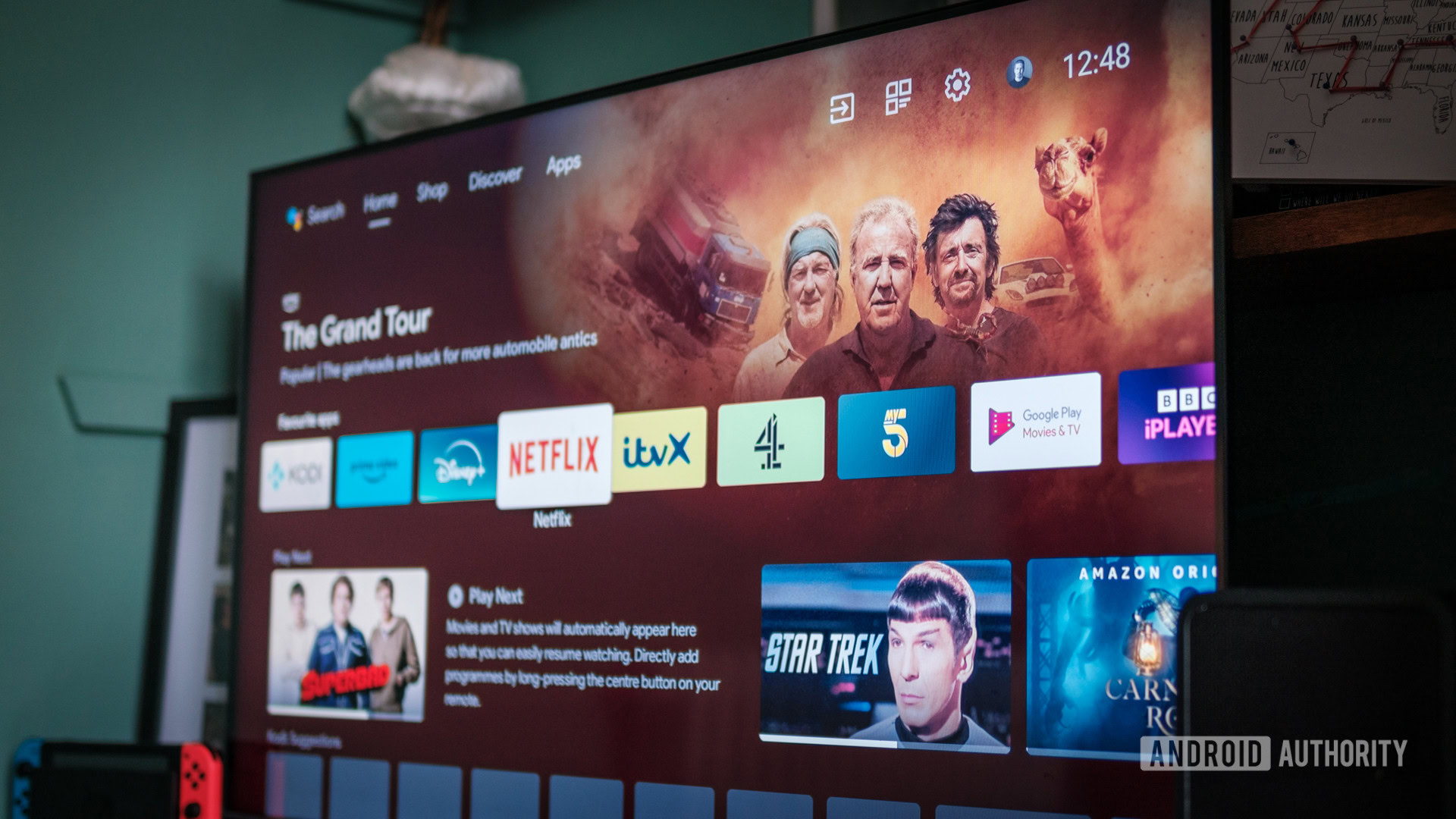TL; DR
- Google TV is finally adding support for Picture-in-Picture mode, which places app content in a small window over the screen, in Android 14 for TV.
- Picture-in-picture mode has been supported on phones since Android 8.0 was released almost seven years ago.
- However, Picture-in-Picture on Google TV is not enabled for media content.
Most smartphone screens aren’t big enough to show two full apps side by side at the same time, which can be a problem if you’re trying to get some work done while watching an educational video or livestream. That’s where Picture-in-Picture (PiP) mode comes in. PiP was introduced in Android 8.0 and lets you watch a video in a small window that overlays other apps. Although PiP has been part of the Android platform for almost seven years now, it is not supported on some versions of Android, most notably Google TV. However, that will change with the upcoming Android 14 for TV update.
Google TV, if you don’t know, is based on Android TV OS, a version of AOSP designed for televisions. Since Android TV OS is based on AOSP, it has many of the same features. However, some basic Android features have been removed from Android TV or do not need to be included. Picture-in-picture is an example of an Android feature that is not required to be enabled on Android TV OS devices. While a few Android TV devices, such as the 2019 NVIDIA Shield TV Pro and the 2020 Sony X900H, support PiP, many of the best Android TV boxes do not.
Android TV devices tend to have little RAM, which is a problem for multitasking features like PiP. As a result, Android TV makers usually just disable PiP in their software builds, as it may not work properly. While the decision to enable PiP on Android TV OS devices is left up to OEMs, they don’t even have the option to enable it on Google TV devices. That’s because according to Google, PiP support “wasn’t supported at all on Google TV before Android 13.” With the upcoming update to Android 14 for TV, Google TV devices will finally support Picture-in-Picture mode, although there are some caveats.
The first caveat is that PiP mode may not be available on every Google TV device running Android 14 for TV. The reason for this is the same reason the feature isn’t widely available on Android TV devices: memory. Google says PiP is enabled “on select compliant devices [their] hardware compatibility criteria,” although they don’t elaborate on what that criterion is. Android TV app developers should query a package manager flag to see if PiP support is enabled on a particular device.
The second caveat is that Google doesn’t allow media content to be displayed in a picture-in-picture window, which is a big departure from how the feature is used on mobile devices. This means that, for example, you can’t keep a YouTube video open while you search for another video to play. So what can you do with PiP on Google TV? Here are the four content categories that Google approves for Picture-in-Picture mode on TV:
- Communications use cases, such as video or voice calls.
- Smart home integrations, such as connected doorbells or baby monitors.
- Health use cases, such as fitness tracking or health monitoring.
- Ticker use cases, such as live sports scores or news and stock tickers.
Android TV apps must explicitly indicate the categories that correspond to the intended use of PiP mode. This statement should be added to the apps’ manifest files so that Google can easily check it.
While it’s a bit of a shame that Google limits what apps can use PiP on Android TV, it does make sense. Google wants PiP activities to enhance or complement the experience of another full-screen activity. Apps that want to support PiP mode on Android TV must adhere to some basic TV app quality guidelines, many of which make sense. The guidelines include restrictions on apps that cannot display promotional materials or advertisements in PiP windows, cannot use excessive resources or take over audio focus in PiP mode, and cannot automatically enter PiP mode without explicit administrator action . user, among others.
Due to the inconsistent availability of PiP on Android TV so far, many apps built for the platform don’t even bother to support the mode. Hopefully, with the introduction of PiP as an officially supported Android TV platform feature, more apps will add support for it. If Google hadn’t decided to skip Android 13 for TV last year, we could have had this feature a whole year earlier, but it’s better late than never. Developers interested in adding PiP support to their Android TV apps should check out Google’s documentation, as there are a number of PiP-related features (such as the keep-clear APIs and the ability to add a title and subtitle) that are specific to TVs.
